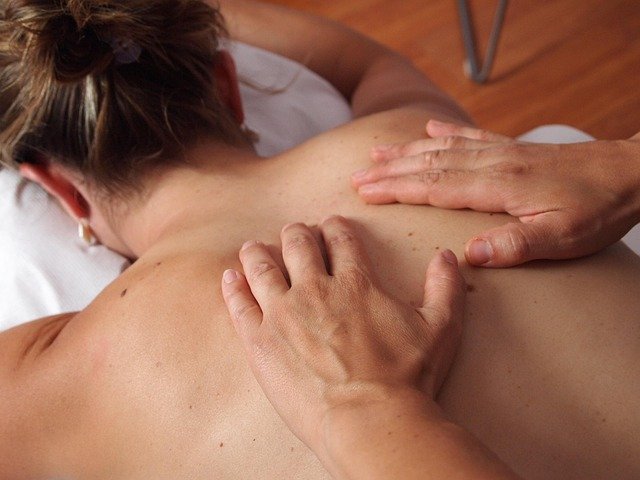Safety guidelines for pressure and stretching routines at home
A mindful home routine for foot pressure and stretching can support comfort, mobility, and recovery when done safely. This article outlines practical guidance on reflexology-style pressure, plantar stretches, circulation-friendly techniques, and how to avoid increased soreness or swelling. Use these clear steps to build consistency while protecting posture and choosing appropriate footwear for lasting benefits.

Safety guidelines for pressure and stretching routines at home
This article is for informational purposes only and should not be considered medical advice. Please consult a qualified healthcare professional for personalized guidance and treatment.
Reflexology and plantar pressure for mobility
When applying reflexology-inspired pressure to the feet, begin gently and focus on awareness rather than force. Work along the plantar surface with slow, small motions using thumbs or knuckles to explore tender areas; avoid deep sustained pressure over bony or inflamed spots. Short sessions — five to ten minutes per foot — can support mobility without overloading tissues. If you have diabetes, neuropathy, open wounds, or circulatory problems, do not perform deep pressure without professional clearance.
Stretching routines to reduce soreness and swelling
Stretching the calves, plantar fascia, and toes helps reduce localized soreness and can limit pooling that contributes to swelling. Include seated towel stretches, a gentle standing calf stretch, and toe extension holds to lengthen tissue and improve flexibility. Perform each stretch slowly for 20–30 seconds and repeat two to three times; avoid bouncing. If swelling increases after stretching or you notice worsening pain, stop and reassess the intensity and technique used.
Using acupressure safely in a home routine
Acupressure points on the foot can be used as part of relaxation routines but require moderation. Apply gentle pressure for 20–60 seconds at a time and monitor for adverse reactions such as numbness or sharp pain. Use fingers or a rounded tool with light pressure; avoid applying pressure directly on varicose veins, bruises, or areas with compromised skin. Integrate acupressure as one part of a broader mobility plan that prioritizes circulation and gradual recovery.
Protecting circulation to support recovery
Support circulation by combining active movement with passive techniques. Simple ankle pumps, toe wiggling, and short walks after seated pressure or stretching encourage venous return and limit swelling. Elevate the feet briefly if you notice persistent pooling, and use compression only if advised by a clinician. Keep sessions balanced: alternating pressure and motion reduces the risk of local ischemia and supports tissue recovery without aggressive intervention.
Relaxation, posture, and the role of footwear
Relaxation techniques such as diaphragmatic breathing paired with gentle foot work can lower tension and improve postural alignment. Pay attention to standing and sitting posture during routines; a neutral ankle and supported arch reduce compensatory strain elsewhere. Choose footwear that offers appropriate arch support and a stable heel to maintain alignment during daily activities, as poor footwear can negate gains from your home routine and contribute to recurring discomfort.
Practical limits: soreness, signs to stop, and when to seek help
A mild increase in awareness or temporary soreness after a session can be normal, but sharp pain, numbness, persistent swelling, or changes in skin color are warning signs to stop immediately. If swelling worsens or is accompanied by warmth and redness, contact a healthcare provider to rule out infection or vascular issues. Documenting how your feet respond over several sessions helps differentiate normal recovery sensations from problematic reactions that need professional assessment.
Conclusion
A safe home program combining cautious pressure, targeted stretching, and movement can help maintain plantar flexibility, circulation, and overall mobility when practiced mindfully. Prioritize gentle progression, monitor soreness and swelling, choose supportive footwear, and incorporate posture and relaxation strategies to maximize benefits. If you have underlying health conditions or uncertain symptoms, seek guidance from a qualified clinician before advancing intensity.





